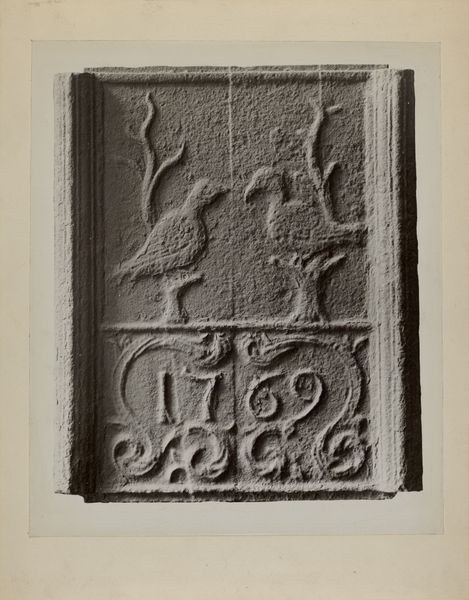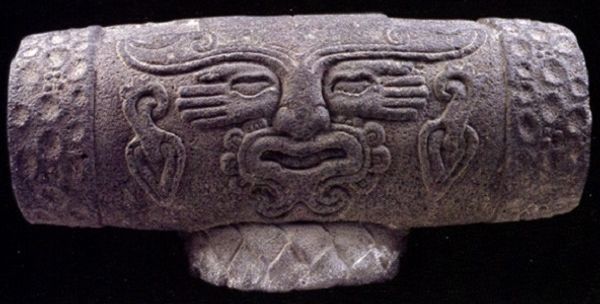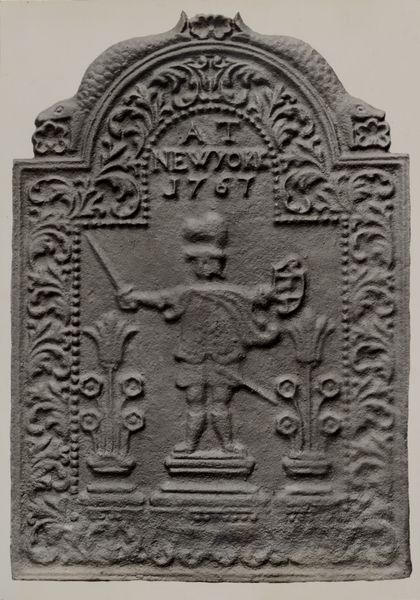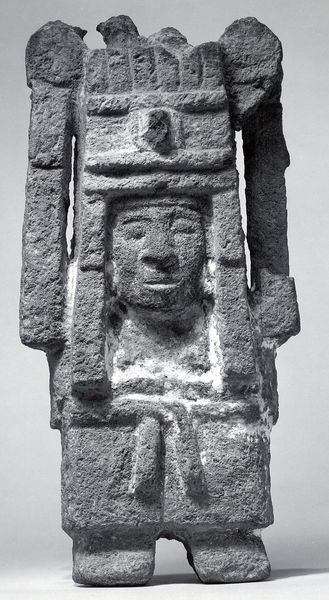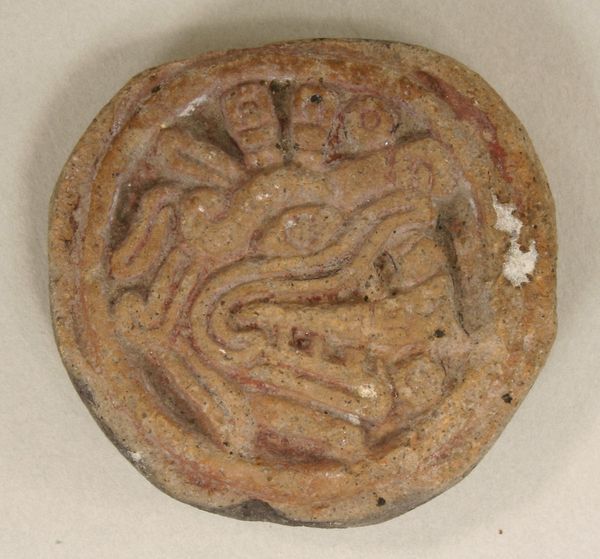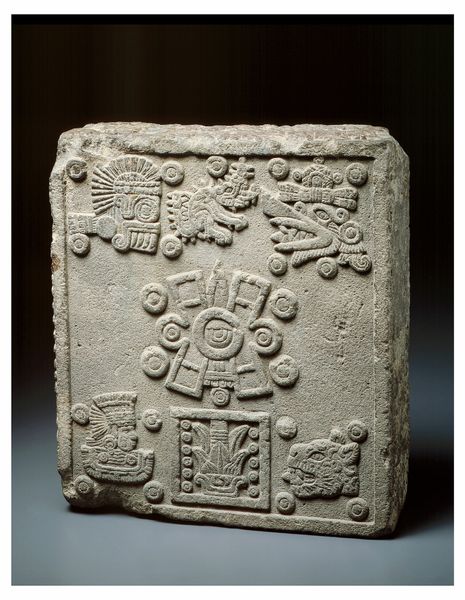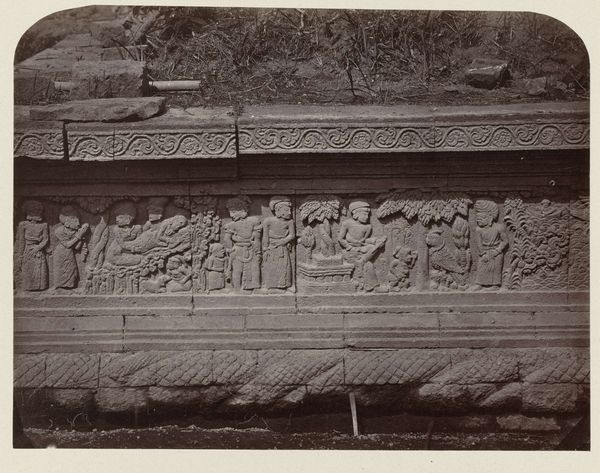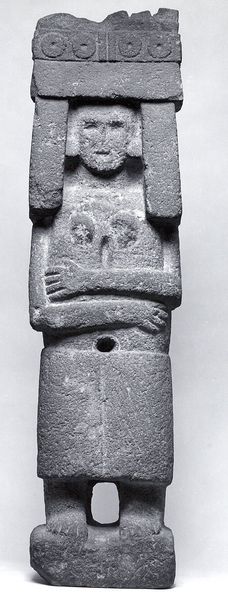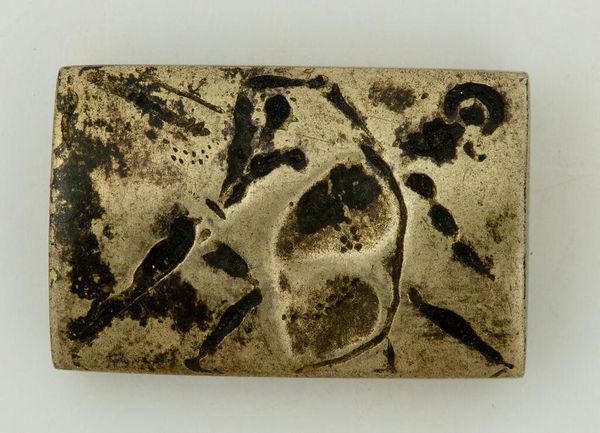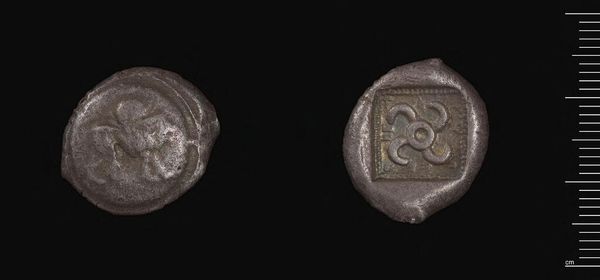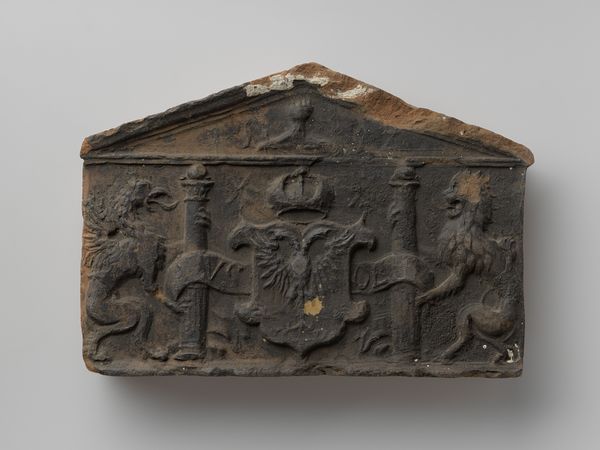
carving, relief, sculpture
#
carving
#
sculpture
#
relief
#
form
#
geometric
#
sculpture
#
line
#
indigenous-americas
Copyright: Public domain
Editor: This is an Aztec relief carving from 1521. It's currently at the Met. The geometric forms have this cool, rhythmic quality. What can you tell me about its significance within Aztec culture and society? Curator: This relief offers us a fascinating glimpse into the politics of imagery within the Aztec empire. The rigid geometric designs weren't merely decorative. How might these patterns have functioned as a visual language understood by different groups? Editor: Well, the circles and spirals look almost like abstracted natural forms… Maybe they're related to specific rituals? Curator: Exactly. This piece might have been part of a larger architectural structure within a temple, for example. Its placement would influence who got to see it. What do you think its potential public function would have been at the time? How does displaying it in the Met change this public function? Editor: Hmm… So, back then, it might have been a symbol of power visible to those entering a sacred space. Now, displayed in a museum setting, its meaning becomes more academic, detached from its original context. Curator: Precisely! The museum recontextualizes the artwork. How do you see that process influencing our understanding, perhaps even altering it? Are we losing something essential in the translation? Editor: We gain the benefit of preservation and broader access, but perhaps at the cost of diluting the power it once held for its intended audience. It makes me think about who gets to interpret this imagery. Curator: A key point. We are now part of that interpretation. Editor: Thanks, it’s interesting to think about that, and to realize that simply displaying something in a museum changes the way we understand it. Curator: Indeed, considering its display, the politics surrounding its creation, makes appreciating any piece so much richer.
Comments
No comments
Be the first to comment and join the conversation on the ultimate creative platform.
